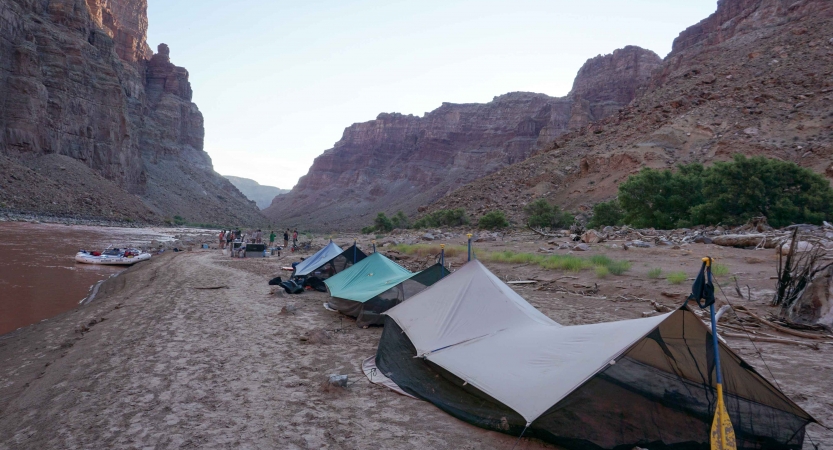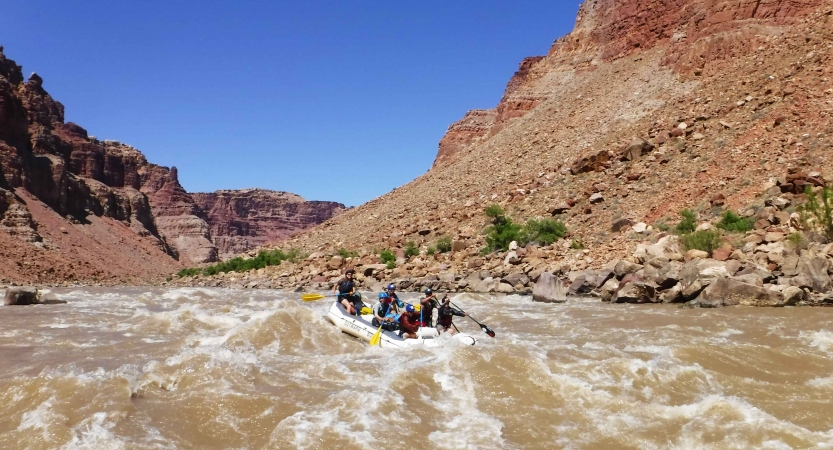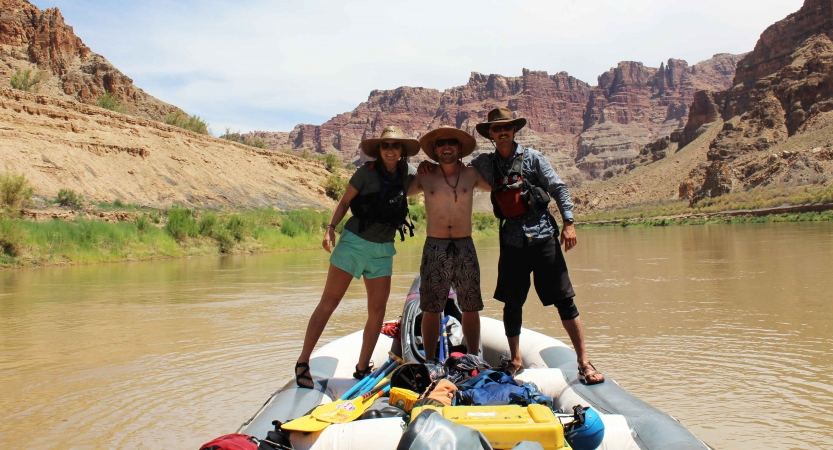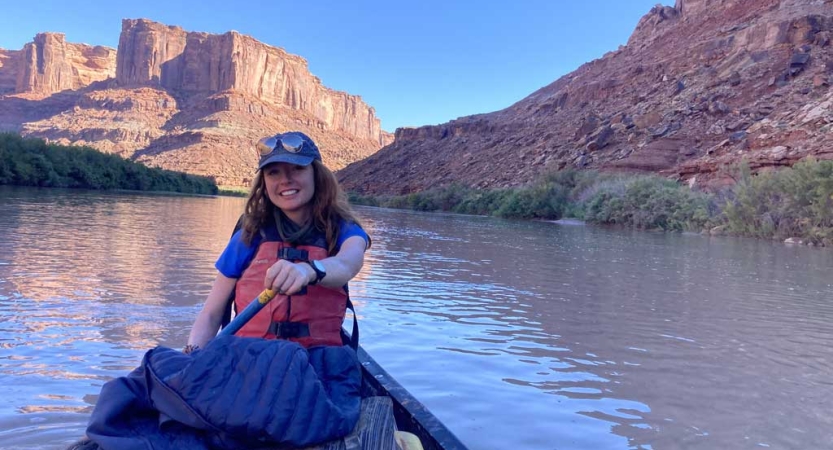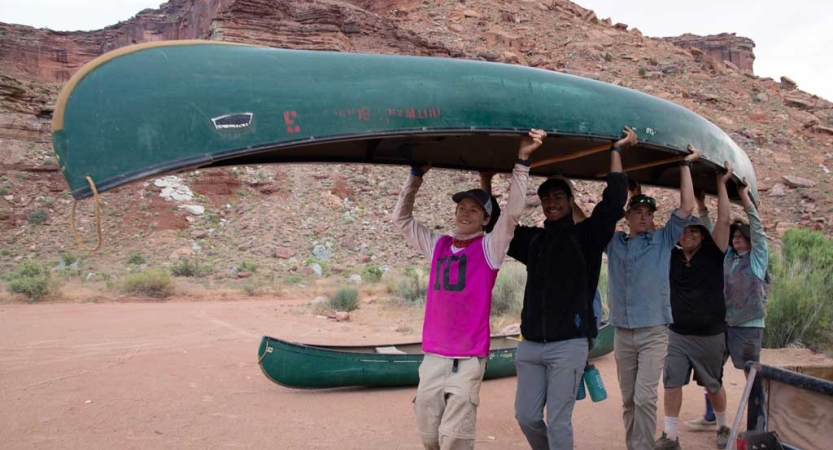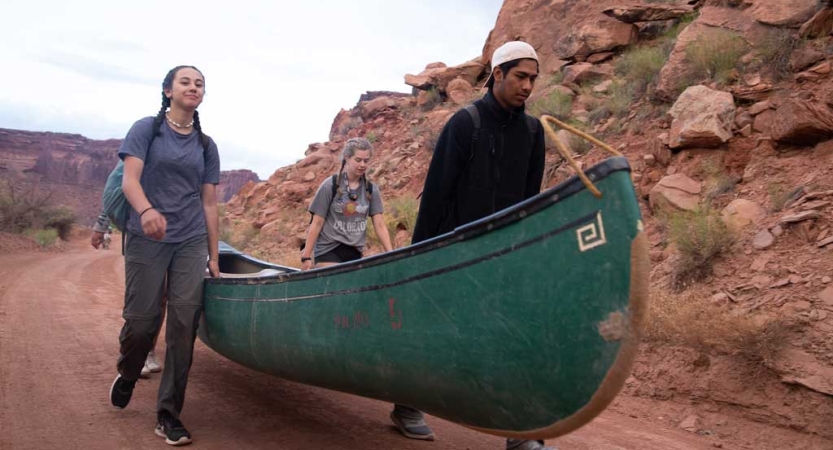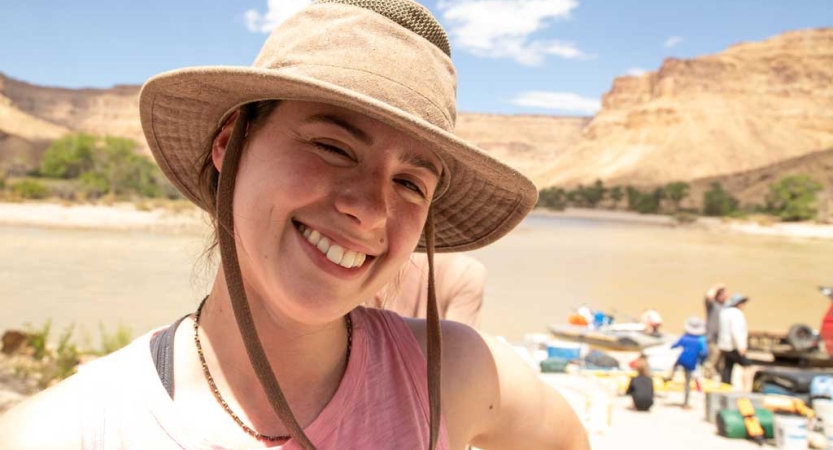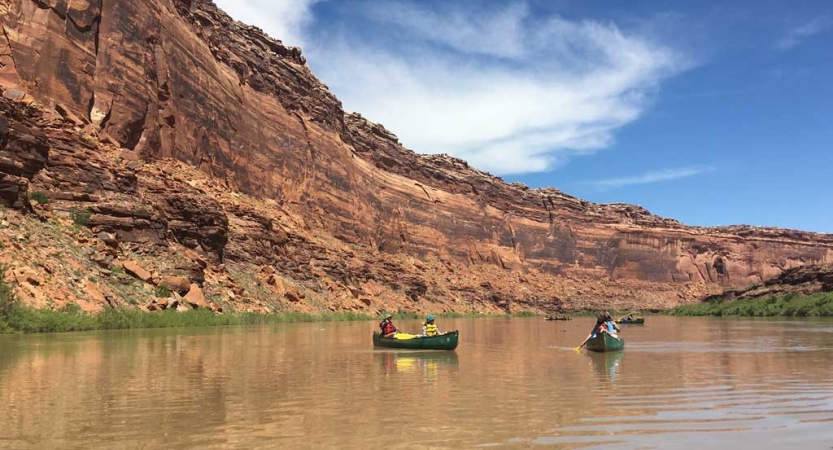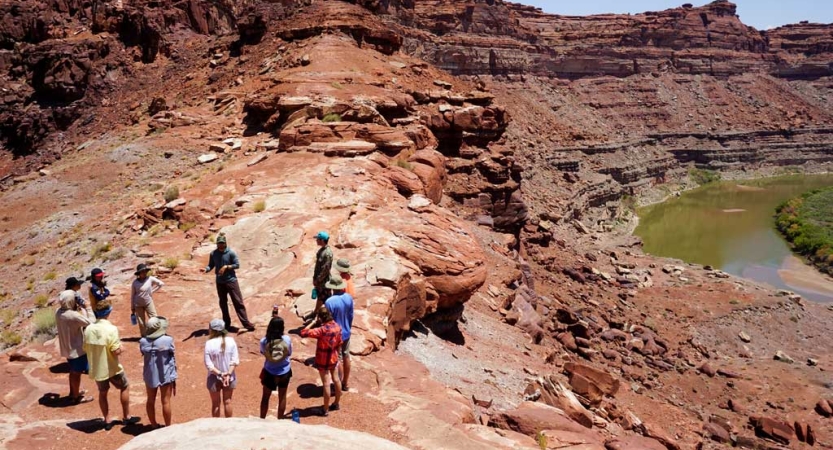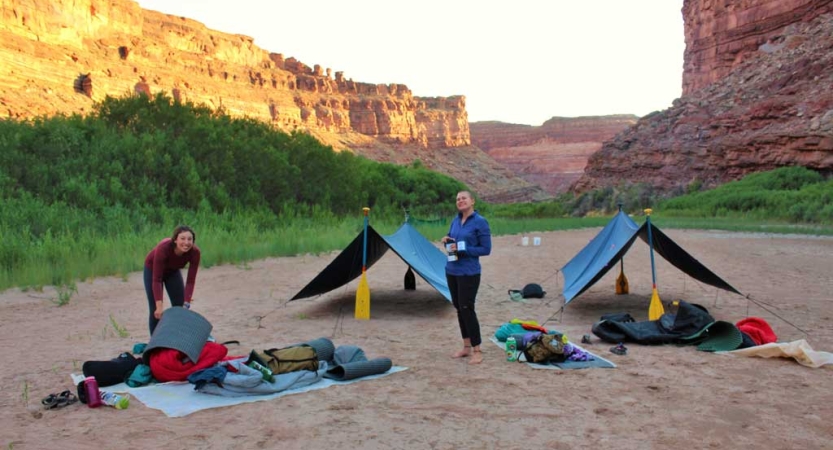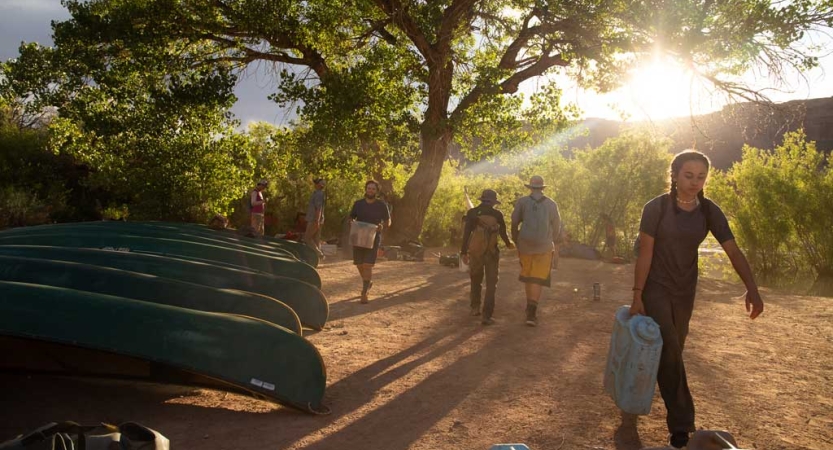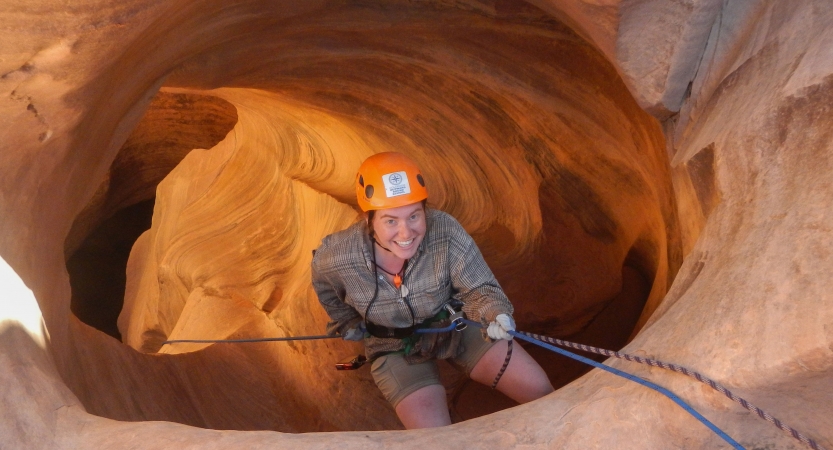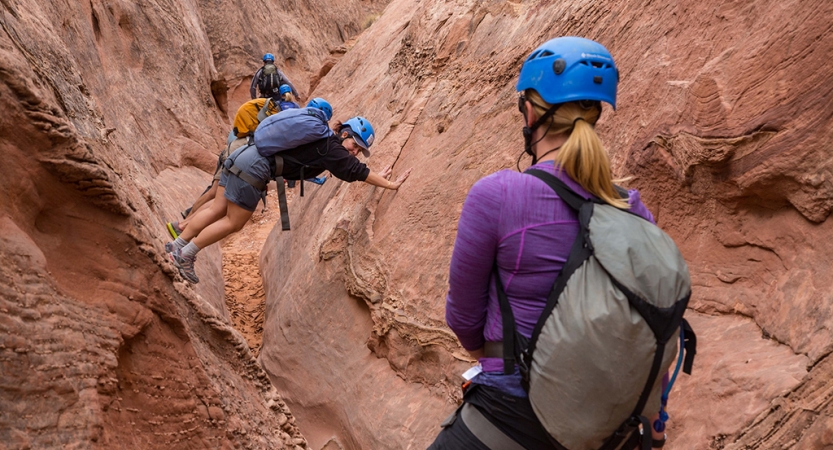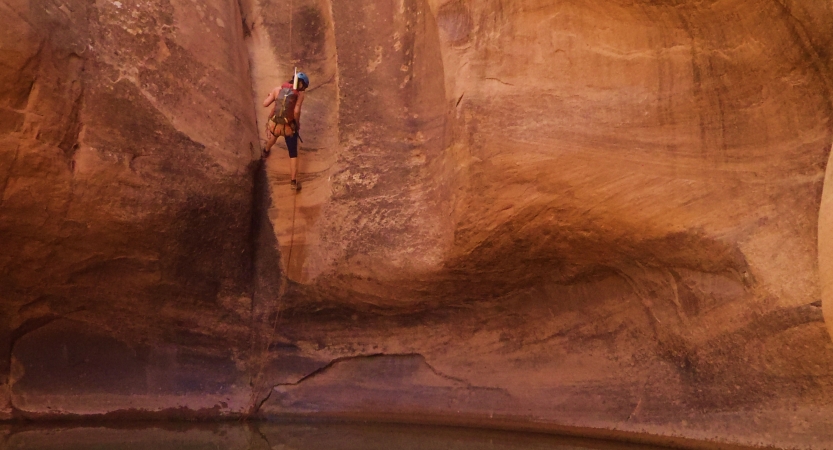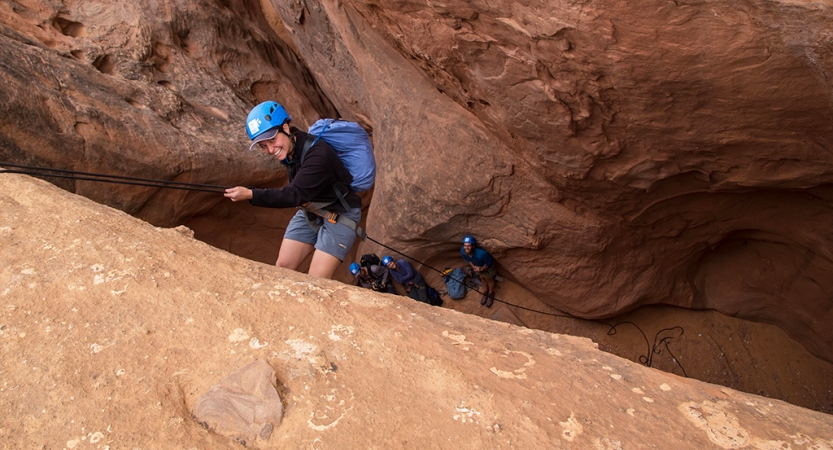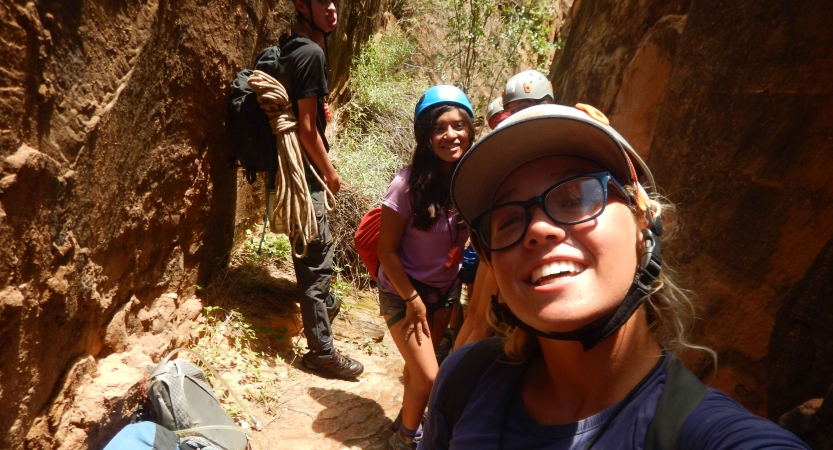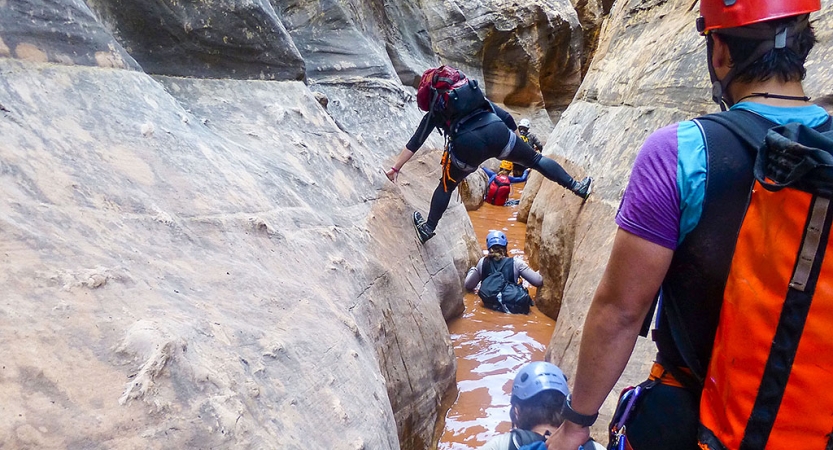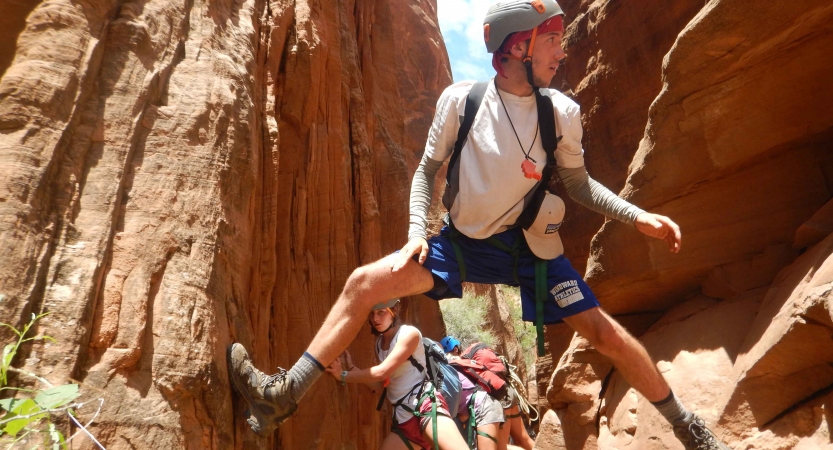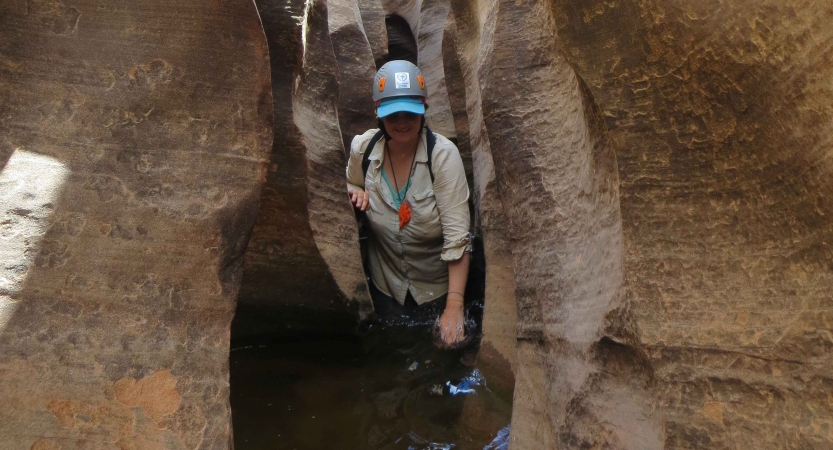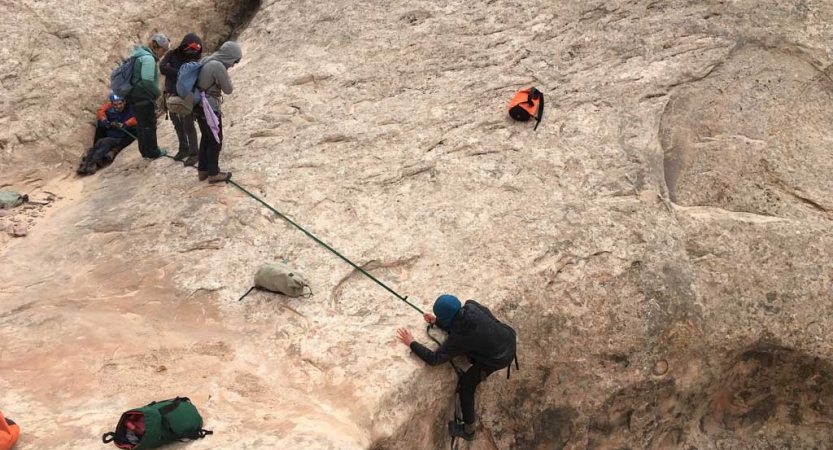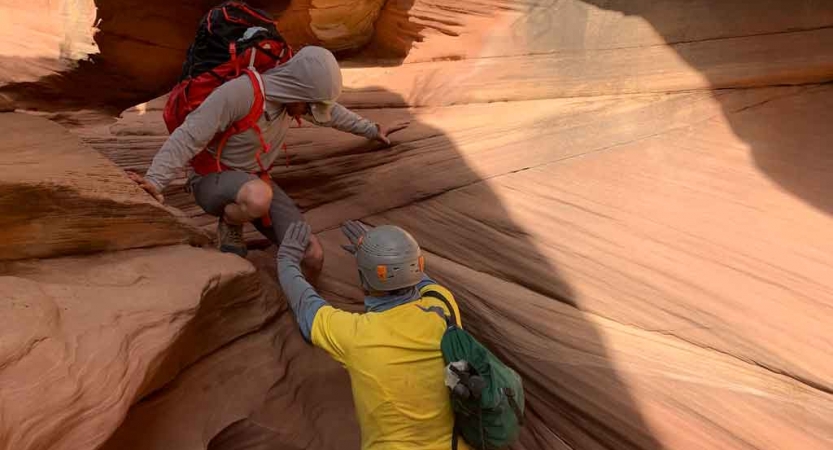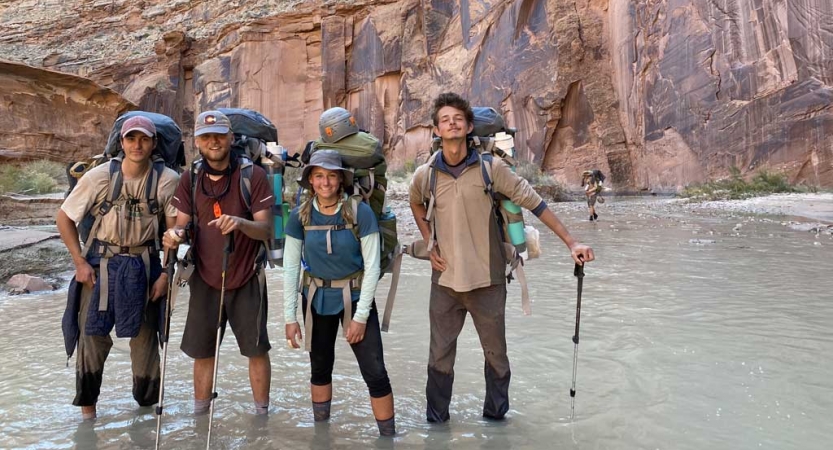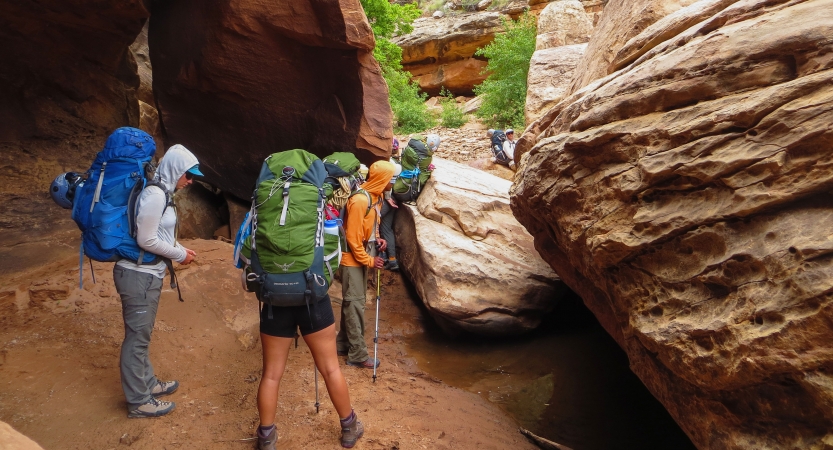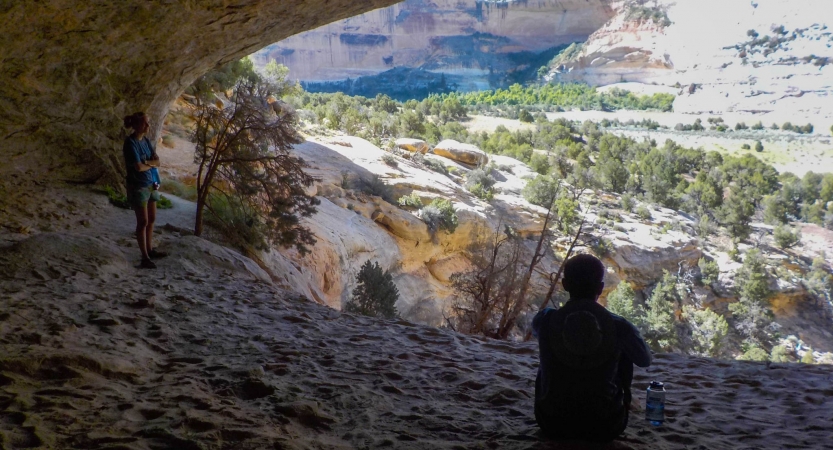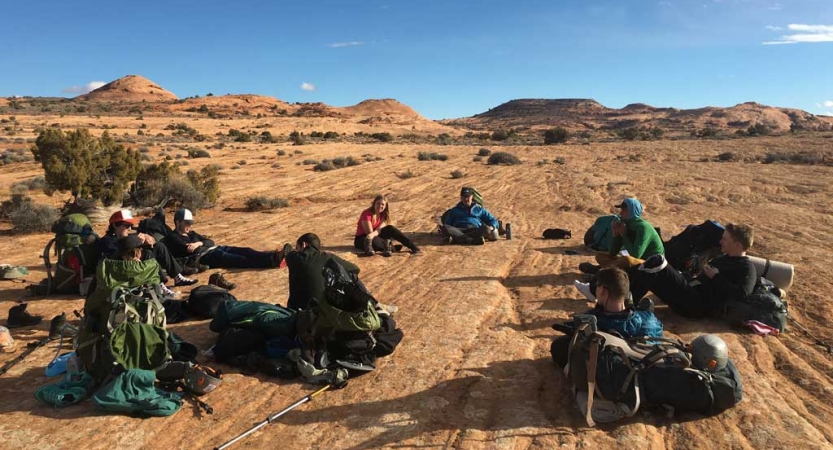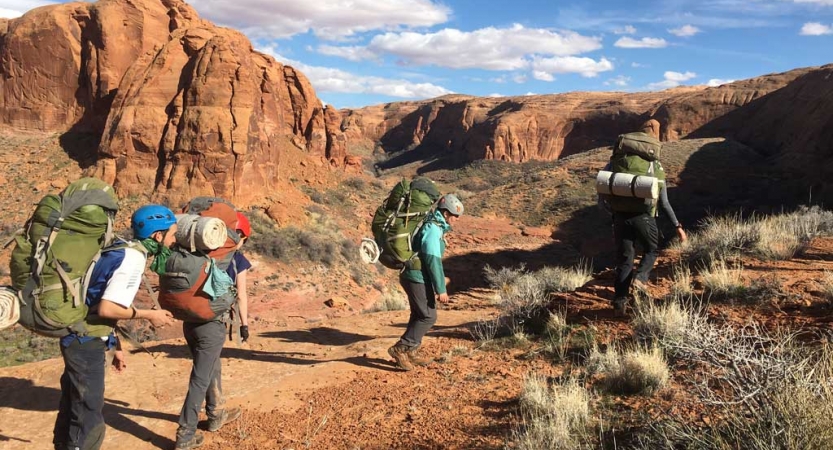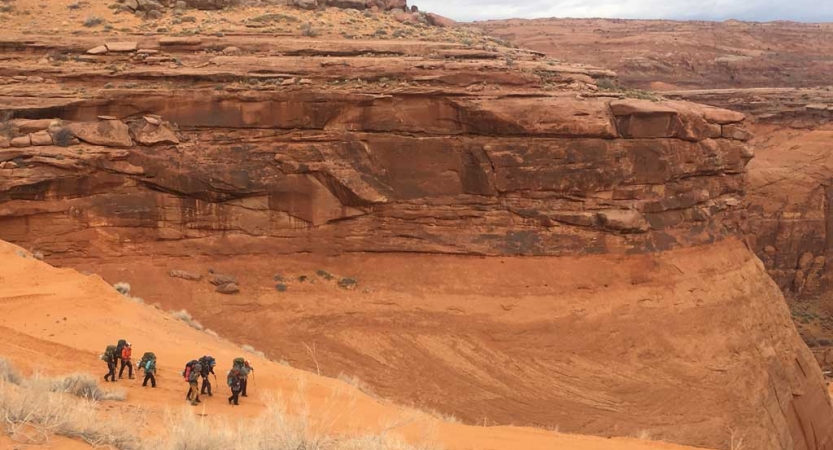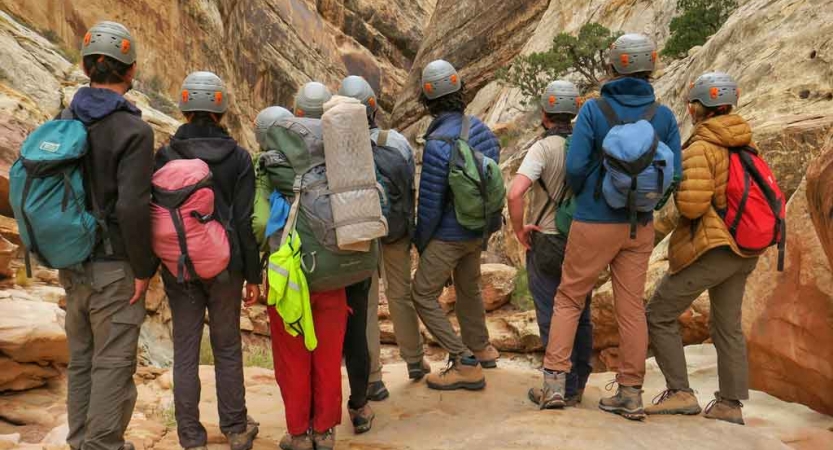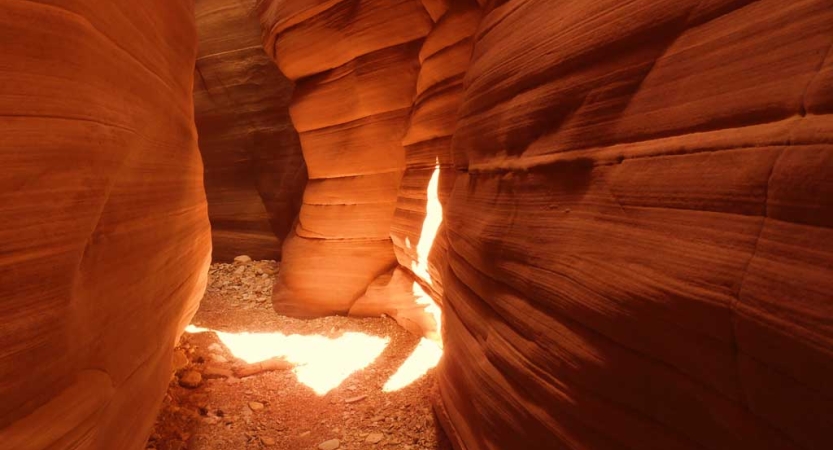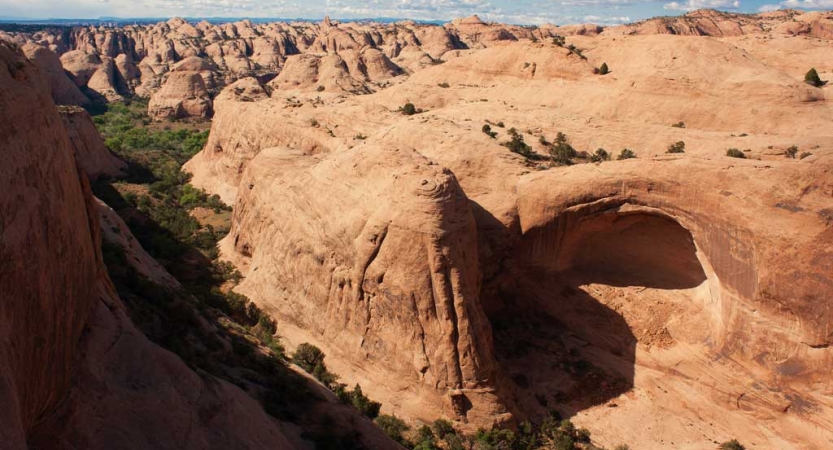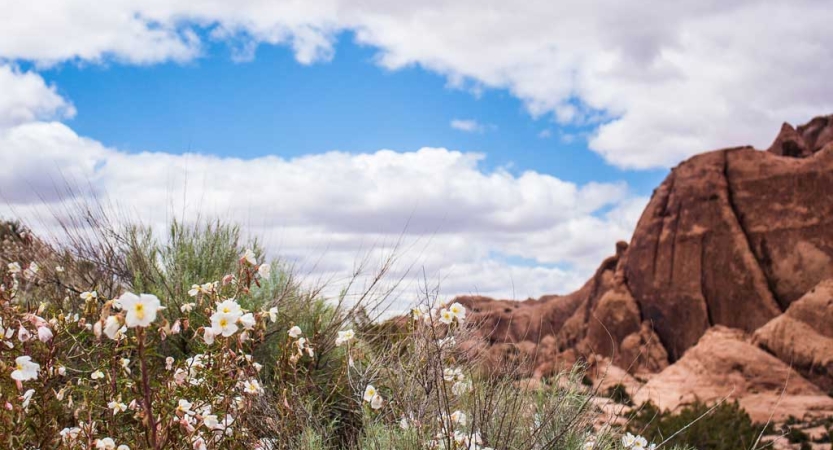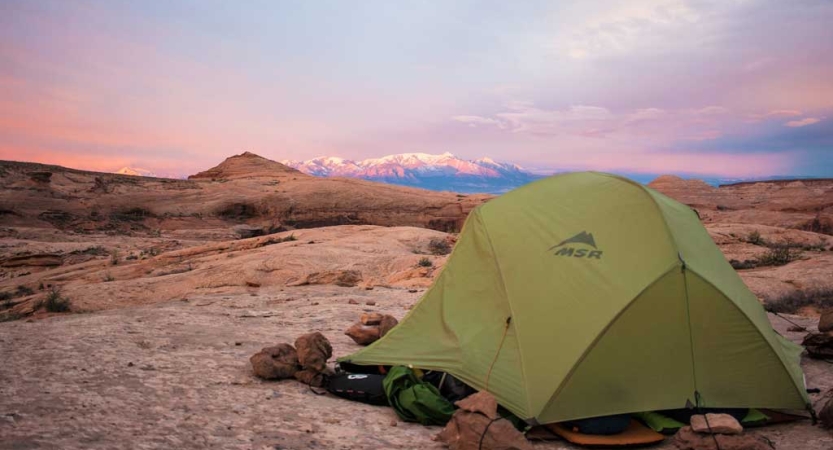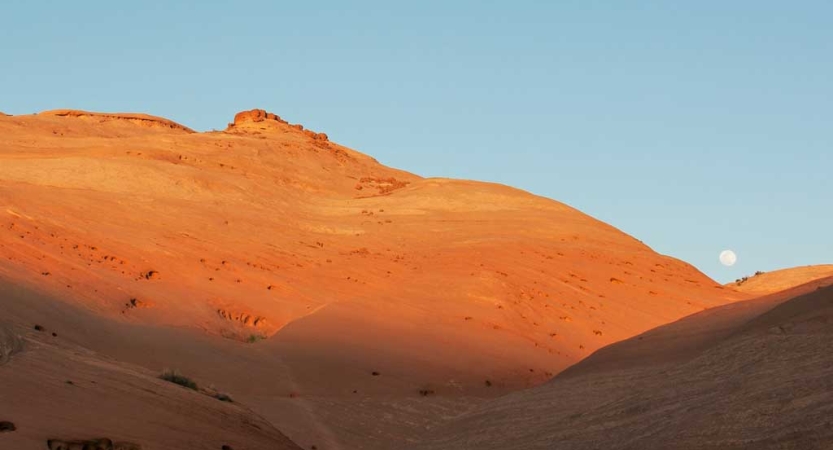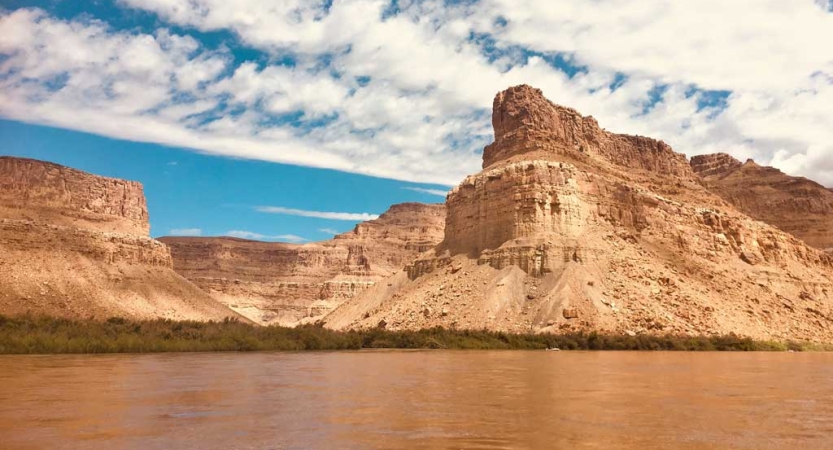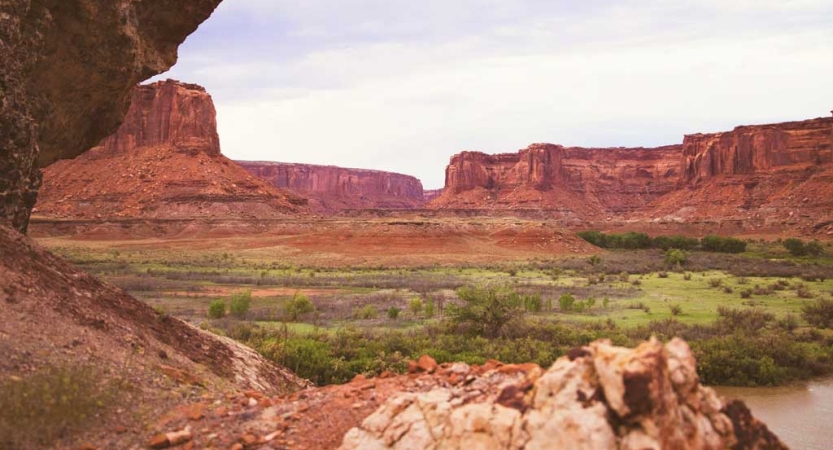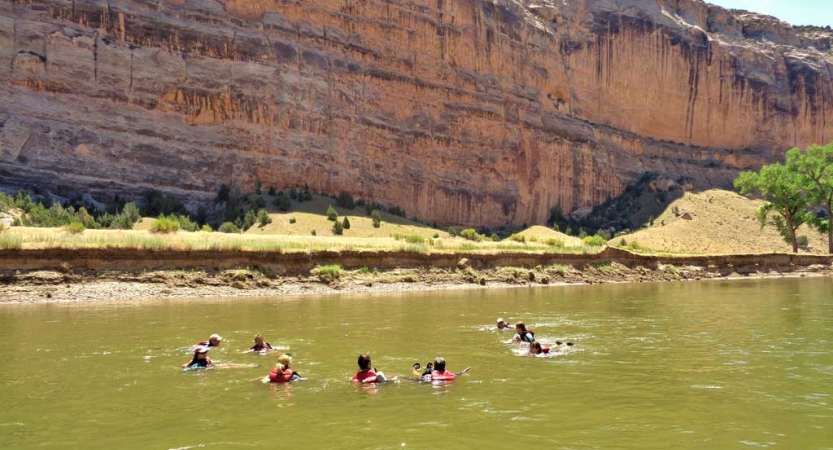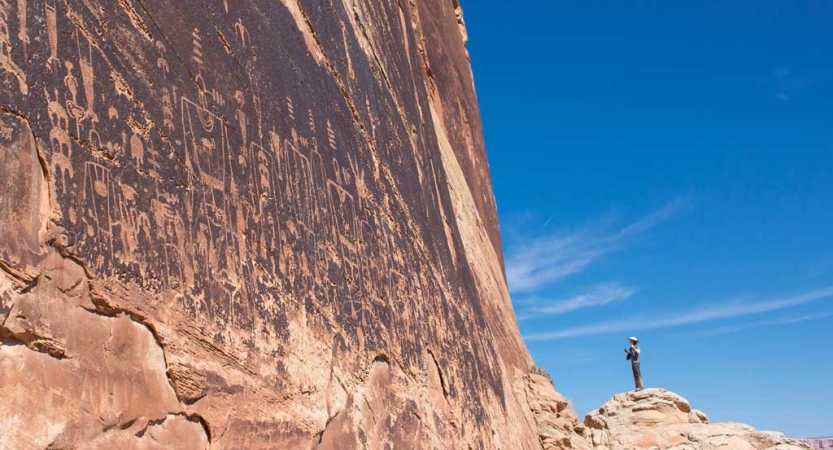-
EXPEDITIONS
-
Southwest Rafting
-
Potomac River Canoeing
-
Water Gap Backpacking, Canoeing & Leadership
-
High Sierra Backpacking & Rock Climbing for Boys
-
Maine Sailing & Backpacking
-
Water Gap Backpacking, Canoeing & Leadership
-
Boundary Waters Canoeing
-
Southwest Rafting & Canoeing
-
High Sierra Alpine Backpacking & Rock Climbing for Adults
-
Boundary Waters Canoeing for Adults
-
Blue Ridge Mountains Backpacking & Rock Climbing for Adults
-
Yosemite Backpacking for Adults
-
Pathfinder Boundary Waters Canoeing & Backpacking
-
Pathfinder Southwest Canyoneering & Rafting
-
Pathfinder Blue Ridge Mountains Backpacking, Whitewater Canoeing & Rock Climbing
-
Pathfinder Rocky Mountains to Canyonlands
-
Blue Ridge Mountains to Florida & Patagonia Leadership Semester
-
Maine to Bahamas Leadership Semester
-
Canyonlands to Joshua Tree Leadership Semester
-
Costa Rica and Panama Leadership Semester
-
High Sierra Backpacking & Rock Climbing for Boys
-
Blue Ridge Mountains Backpacking & Rock Climbing for Families
-
High Sierra Alpine Backpacking & Rock Climbing for LGBTQ+ Teens
-
Ten Thousand Islands Sea Kayaking for Veterans
-
Blue Ridge Mountains Backpacking & Rock Climbing for Women Veterans
-
Ten Thousand Islands Canoeing for Veterans
-
Backpacking
-
Canoeing
-
Canyoneering
-
Dog Sledding
-
Mountaineering
-
Rafting
-
Rock Climbing
-
Sailing
-
Sea Kayaking
-
Service
-
Snow and Ice
-
EXPEDITION FINDER
CLASSIC FOR MIDDLE SCHOOL
FEATURED CLASSIC FOR MIDDLE SCHOOL
FEATURED CLASSIC FOR HIGH SCHOOL
FEATURED CLASSIC FOR ADULTS
FEATURED PATHFINDER
FEATURED SEMESTER
FEATURED OUTDOOR EDUCATOR
OUTDOOR EDUCATOR OVERVIEW INTERCEPTFEATURED INTERCEPT
INTERCEPT OVERVIEW AFFINITY GROUPSFEATURED AFFINITY GROUPS
FEATURED VETERANS
FEATURED ACTIVITIES
FEATURED SCHOLARSHIPS & ACADEMIC CREDIT
SCHOLARSHIPS & ACADEMIC CREDIT OVERVIEW PLANNING COMMUNICABLE DISEASE PRACTICESFEATURED COMMUNICABLE DISEASE PRACTICES

Program Overview
Skills
- Basic First Aid
- Basic Paddle Strokes
- Campcraft
- Food Preparation and Cooking
- Knots
- Map and Compass
- Natural History
- Navigation
- Rappelling
- River Reading
- Safety and Risk Management
- Self Care
- Sheltering Strategies
- Travel Techniques
- Water Safety and Rescue
- Wilderness Medicine
- Camaraderie
- Character
- Communication
- Conflict Resolution
- Independence
- Leadership
- Positive Risk Taking
- Problem Solving
- Resilience
- Responsibility
- Self Awareness
- Self Confidence
- Service
Let’s Connect!
Southwest Leadership Semester
Develop outdoor skills. Enhance your leadership and communication abilities. All while adventuring through Utah’s natural red rock playground.
Raft through whitewater rapids in Canyonlands National Park, rappel down red rock slot canyons, and learn to be the captain of your own canoe. On this action-packed Semester, you’ll learn to thrive as a leader in a variety of stunning canyon and river environments. Begin your journey by learning to backpack and camp in Utah’s canyons. Swap your hiking boots for paddles as you navigate the river by canoe and then by raft through the whitewater rapids in Canyonlands National Park. Along the way, you’ll see ancient dwellings and rock art and learn about the rich human history of the region. Finish your course by learning the canyoneering techniques needed to journey deeper into Utah’s red rock slot canyons and ancient riverbeds. Learning to thrive within a variety of backcountry settings will help you discover your strengths and fine-tune your problem-solving skills. You’ll return home with the confidence, resilience, and skillset needed to take on any of life’s challenges.
Program Overview
Skills
- Basic First Aid
- Basic Paddle Strokes
- Campcraft
- Food Preparation and Cooking
- Knots
- Map and Compass
- Natural History
- Navigation
- Rappelling
- River Reading
- Safety and Risk Management
- Self Care
- Sheltering Strategies
- Travel Techniques
- Water Safety and Rescue
- Wilderness Medicine
- Camaraderie
- Character
- Communication
- Conflict Resolution
- Independence
- Leadership
- Positive Risk Taking
- Problem Solving
- Resilience
- Responsibility
- Self Awareness
- Self Confidence
- Service
UPCOMING COURSES
What is this?
For detailed information on course availability statuses and what they mean, click here.
Course # CUGL-2671
Age 18 and up
Days 55
Cost $11,685
Dates 3/2/2026 - 4/25/2026
APPLY NOW
This means a course has several open spots and is actively processing applications.
What is this?
For detailed information on course availability statuses and what they mean, click here.
Thank you for your interest in Outward Bound!
This course starts within the next week. Please call us at 866-467-7651 to assess the possibility of applying for this course!
APPLY NOW
This means a course has several open spots and is actively processing applications.
APPLY NOW – Almost Full
This means there are three or fewer currently available spots left on a course. To secure your spot click Apply Now to begin an application!
JOIN WAITLIST
Once a course has reached capacity, three waitlist positions become available. To join a course’s waitlist, click “Join Waitlist” to begin the application process. A $500 deposit is required. This $500 deposit includes a $150 non-refundable application fee and a $350 tuition payment. The $350 tuition payment is refundable only if you cancel your waitlist application or if an open position does not become available. If a position does become available, the applicant will be applied to the open position and the Application and Cancellation Policies of the Regional Outward Bound School will be followed, including forfeiture of the $500 deposit if you cancel 90 days or less prior to the course start date.
Waitlist applicants are encouraged to complete all required admissions documents while awaiting an open position. Positions may become available up to two weeks prior to the course start date. Applicants may only apply to one course. We recommend applying to a course with open positions instead of a course that is accepting waitlist applications. If you have questions, please call 866-467-7651 to speak with one of our Admissions Advisors.
CALL TO APPLY
This means a course is very close to its start date. Although it is unlikely to secure a spot this late, you can call the National Admissions office at 866-467-7651 to discuss your options.
COURSE IS FULL
When a course has reached maximum capacity, meaning all spots and the three waitlist spots are occupied, a course will read “Course Is Full.” This means applications are no longer being accepted.
CLOSED
As a course nears its start date, the availability status may read “Closed.” In this event, a course roster has been finalized and applications are no longer being accepted or processed.
This course starts in . Are you sure you would like to proceed?
The youngest of the group, Ashton, was leading the pack through the darkness. It would be the first time she had stuck with any kind of trip that separated her from family. The two-week whitewater canoeing and backpacking expedition was coming to an end but they needed to make this final push through the night. Homesick and exhausted, tears quietly started to stream down Ashton’s face, indistinguishable from the rain. Suddenly, one of the course Instructors put his hand on Ashton’s back and offered some words of encouragement. Click here to read the rest of Ashton's story.
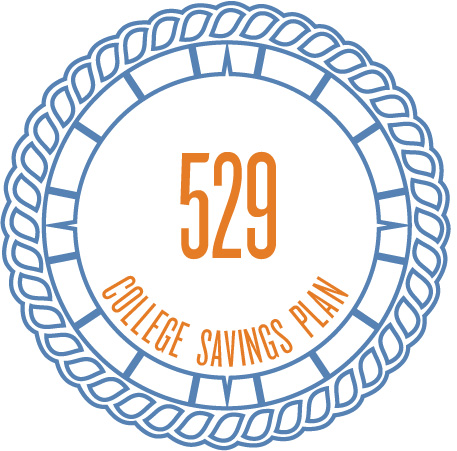 Most College Savings Plans, including the 529 College Savings Plan, may be used to attend an Outward Bound expedition, thanks to a partnership with Western Colorado University. Anyone can register – you do not have to be a current Western Colorado University student. Registration is easy! Click here to learn more.
Most College Savings Plans, including the 529 College Savings Plan, may be used to attend an Outward Bound expedition, thanks to a partnership with Western Colorado University. Anyone can register – you do not have to be a current Western Colorado University student. Registration is easy! Click here to learn more.
Develop outdoor skills, enhance leadership and communication, and gain environmental knowledge in stunning settings. The goal of our Gap Year expeditions is to help you develop the confidence, knowledge, and integrity essential for effective leadership. Whether you are learning how to safely tie in on belay, deciding as a group how to navigate through new terrain, or setting up a minimum-impact campsite for the evening, you’ll be honing and practicing skills for life.
- Build Connections: Find connections with your crewmates based on support and respect (and fun, too!), and in the thick of challenges, discover there is more in you than you know.
- Value Strengths and Strengthen Values: Discover your strengths, embrace independence, and practice compassion as you support your crew.
- Learn Outdoor Skills: Hone your technical abilities as you become a master at ropes courses or swiftwater rescue techniques and Wilderness First Aid. Numerous certificates are available depending on the course, and up to 18 college credit hours can be earned along the way.
- Upgrade Your Outlook: Return home with an enriched and expanded view of yourself, the world, and what’s possible.
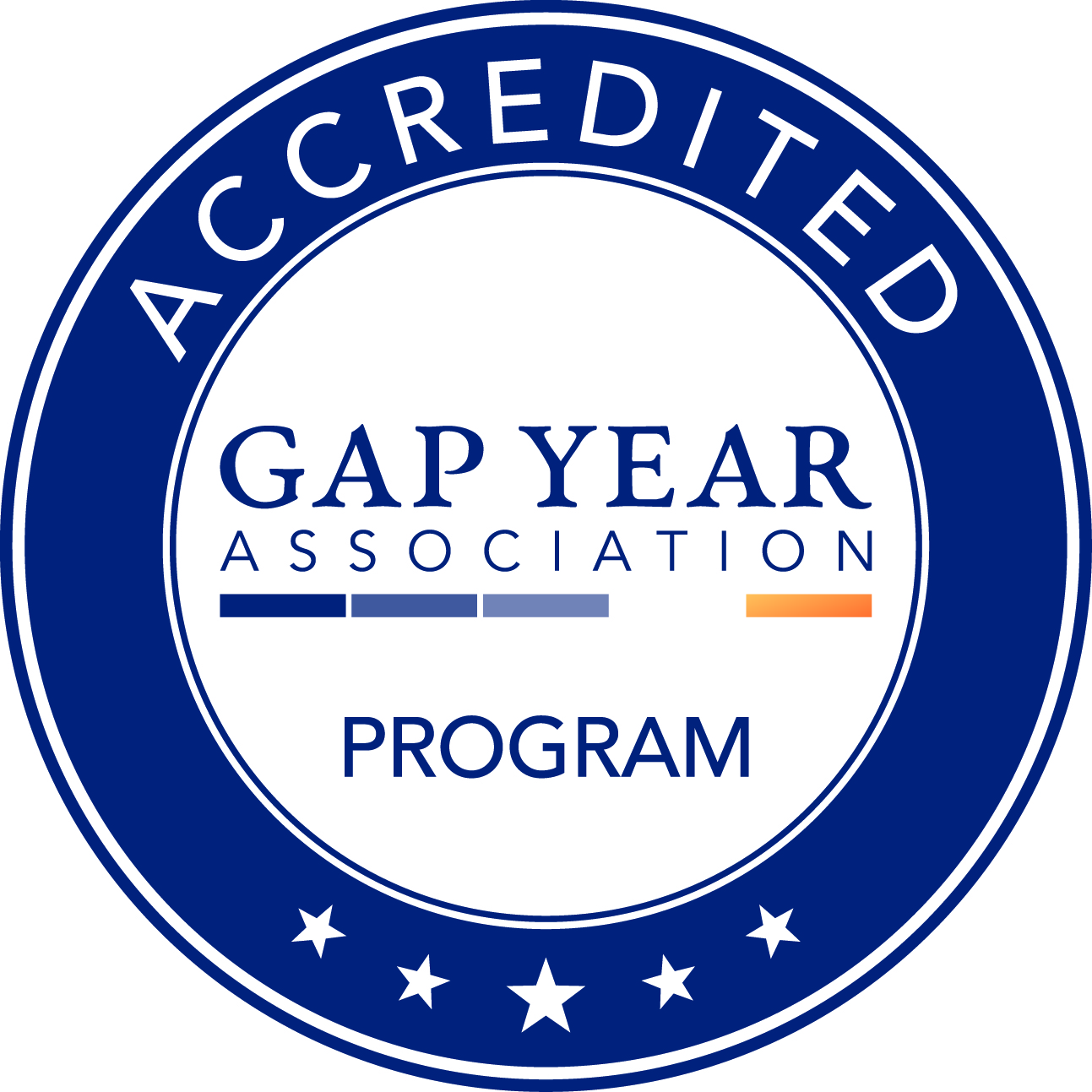
Outward Bound is accredited with the American Gap Association and is the longest running program in this elite group dedicated to providing safe, meaningful and high-caliber educational experiences to students.
While rafting, each day is spent practicing paddle strokes and learning to read the water – all while taking in the beauty of the canyon. Crewmates will become a team, coordinating their paddling and taking turns as boat captains. Between rapids are flat water sections where students can swim, relax and enjoy the view. Time in a raft is ideal for getting to know each other, laughing and singing throughout the day. Afternoons can bring strong winds, leading to challenge and adventure as crews paddle hard to reach camping destinations. The canyon rims can rise hundreds of feet above the river, enclosing participants in a remote world of rushing water and delicate ecosystems.
While canoeing, each day is spent practicing the unique skills needed to navigate a canoe down river. As there are only two or three students in a canoe, everyone gets ample opportunities to be the captain of their own boat. Students will have time to slow down and enjoy the views, watch for wildlife, and connect with their crewmates. Most courses get the opportunity to take day hikes away from the river. These hikes provide stunning views and often the chance to see archaeological sites, petroglyphs, pictographs and remarkable geological formations.
Canyoneering is like playing in the most exciting adventure course imaginable. Each obstacle occurs naturally – formed by thousands of years of wind and water eroding the vibrant layers of rock. A combination of scrambling, hiking, wading through water, and rappelling may be involved during course. As students travel deeper through narrow and winding canyons, sunlight bounces off the walls causing the rock to glow red and orange. Hidden waterfalls and pools can be found, offering an oasis for both students and wildlife. Instructors will teach students how to travel safely and efficiently over rocks and across desert ecosystems. Crews work together, problem-solving and supporting each other as they navigate this dynamic and continuously changing environment.
Backpackers carry everything they need - food, shelter, clothing and gear – allowing them to go deep into nature where few people go. Students feel a sense of freedom from the stress of modern life and technology. The simplicity of hiking also gives students the opportunity to focus internally on their own thoughts. They grow to be more present, connecting deeply with nature and their crewmates as they spend time together without distraction.
Courses begin with lessons in packing and hiking. Along the way, students learn Leave No Trace techniques, map and compass navigation, and outdoor cooking. Students will travel across slickrock slabs or sandy washes and stop along the way to appreciate wildlife. They camp among red rock canyons and may spot views of the Rocky Mountains in the distance. Each day, they get to sleep under the stars, smell wild sage blowing in the wind, and watch the sun travel across vibrant canyon walls.
In this section, students have the opportunity to gain a Wilderness First Aid (WFA) certification which is considered a standard for many jobs in the Outdoor Industry. The course teaches the fundamentals of giving basic medical care in backcountry environments.
Service is a pillar of the Outward Bound experience. On each course, Students learn to practice intentional service to themselves, to others and to the environment. This may look like practicing self-care or supporting a crewmate who is having a hard day. Participants also learn to Leave No Trace ethics, practicing service to the environment by preserving and respecting the fragile ecosystems they encounter. Students experience firsthand the social and emotional benefits of acts of service. They are encouraged to bring this ethic of care to their life back home.
In order for profound learning to take place, there must be time to reflect on the experience. Solo is that opportunity, and can range anywhere from 30 minutes to 24 hours or more, depending on course length and type, as well as the competency and preparedness of the student group. Weather and time permitting, the Solo experience provides an important break from the rigors of the expedition and gives students the opportunity to reflect on their Outward Bound experience. Many students use this reflection time to make decisions about their future, journal and enjoy the beauty of their surroundings unencumbered by the constant external stimulation of modern life. With all the food, skills and supplies they need, students are given a secluded spot to reflect alone and are monitored by staff throughout the. Students find that Solo provokes profound and powerful learning in a short period of time and often becomes one of the most memorable parts of an Outward Bound experience.
Our expeditions help students grow into the best version of themselves. We use challenge in the outdoors to allow students to discover their strengths and build authentic connections with their peers. Compassion for oneself and others is foundational to our educational approach. As students realize that they are stronger than they know, they develop confidence and resilience that will last a lifetime. Social and emotional learning outcomes include:
- Belonging – students form deep connections founded upon respect, inclusion, and compassion
- Reflection – students learn self-awareness and practice empathy towards others
- Physical Engagement – students develop awareness and confidence in their bodies
- Courage – students develop the confidence to speak up for themselves and persevere through challenges
Course areas may vary and will include some, but not all of the locations listed below:
Canyon Country, Utah
The most spectacular aspects of the Utah landscape are the hidden treasures found within its vast canyon networks, formed by millennia of wind and water. The canyons are composed of a spell-binding labyrinth of towering walls, arches, and slot canyons just waiting to be explored. On course, these vibrant formations are a geological playground for scrambling and teamwork. Canyoneering courses venture into narrower, deeper chasms sometimes as narrow as two feet wide with walls rising several hundred feet on each side. The desert ecosystem is characterized by aromatic plants like sagebrush and juniper and birds soaring high above canyon walls. The days can be hot in the summertime, but it always cools down in the evenings. These regions are within the ancestral lands of the Núu-agha-tʉvʉ-pʉ̱ (Ute), Southern Paiute, and Pueblo nations.
San Juan River, Utah
The San Juan River is a major tributary of the Colorado River, flowing for 83 meandering miles through deep and stunning sandstone. It is world-renowned for archaeological sites of the Fremont and Anasazi people, featuring both petroglyphs and cliff dwellings which can be seen from the river. The river is also known for its exquisite natural scenery and exciting rafting conditions. Sagebrush, cottonwood, juniper, and willow trees pepper the shores. Beaches provide an opportunity to stop for lunch or set up camp along sandy shores. These regions are within the ancestral lands of the Núu-agha-tʉvʉ-pʉ̱ (Ute), Diné, Pueblos, and Hopi
The Green River
The Green River is one of the largest and grandest rivers in the Southwest. It is famous for its world-renowned whitewater rapids and towering red rock canyon walls. Whitewater river sections may give students the opportunity to navigate Class 2 or 3 rapids while slow water sections provide time for swimming and relaxing. Throughout the canyon, there are spectacular cultural wonders including ancient dwellings and pictographs. As crews descend deeper into the canyons, they will get to observe a variety of unique geologic formations and layers of pink, red, and orange rock. Sagebrush, cottonwood, juniper, and willow trees pepper the shores. Beaches provide an opportunity to stop for lunch or set up camp along sandy shores. Many of our longer rafting courses will travel through Canyonlands National Park, reaching the confluence of the Colorado and Green Rivers. These regions are within the ancestral lands of the Núu-agha-tʉvʉ-pʉ̱ (Ute), Southern Paiute, Diné, Pueblos, and Hopi nations.
The Colorado River
Students will get to raft down one of the largest and most significant rivers in the Southwest. Better yet, they’ll paddle through Cataract Canyon, a world-renown whitewater rafting destination that cuts through the heart of Canyonlands National Park. Archaeological sites and petroglyphs can be spotted along the way. The river boasts 31 iconic rapids that are comparable to those of the Grand Canyon in power, difficulty and beauty. Students may have the chance to encounter some of the most famous of these rapids including the Mile Long Rapids and “The Big Drops.” Slower sections of the river offer time for relaxing, bonding, and sometimes even swimming. Sandy shores offer perfect spots for camping. These regions are within the ancestral lands of the Núu-agha-tʉvʉ-pʉ̱ (Ute) and Pueblo nations.
Course Stories
The youngest of the group, Ashton, was leading the pack through the darkness. It would be the first time she had stuck with any kind of trip that separated her from family. The two-week whitewater canoeing and backpacking expedition was coming to an end but they needed to make this final push through the night. Homesick and exhausted, tears quietly started to stream down Ashton’s face, indistinguishable from the rain. Suddenly, one of the course Instructors put his hand on Ashton’s back and offered some words of encouragement. Click here to read the rest of Ashton's story.
I am grateful for this experience because it taught me a number of things; what I can live with/endure, what I can go without, how to appreciate the little things in modern life, how to work hard and to persevere through challenges. I feel motivated to return home and uproot my COVID online schedule/life and try to achieve more in relationships and jobs.
OTHER COURSES YOU MAY LIKE


Maine to Bahamas Leadership Semester
Courses: 1 date available Ages: 18+ Length: 80 Days Cost: $19,980 Details & Dates

Canyonlands to Joshua Tree Leadership ...
Courses: 1 date available Ages: 18+ Length: 65 Days Cost: $14,120 Details & Dates

Costa Rica and Panama Leadership Semester
Courses: 3 dates available Ages: 18+ Length: 50 - 65 Days Cost: $13,150 - $18,175 Details & Dates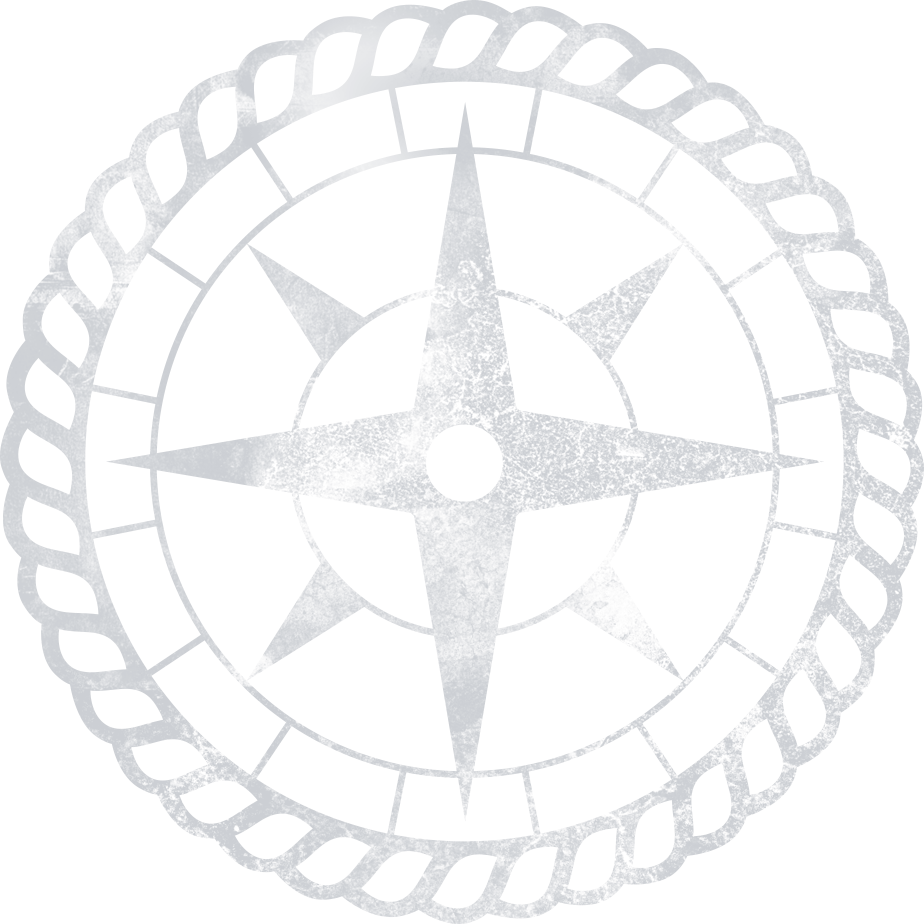
Getting Started
If you are ready to enroll on a course click the enroll button next to the course you wish to select or you can enroll over the phone by speaking with one of our Customer Success Specialists (toll-free) at 866-467-7651.
To secure your spot on a course you must submit an enrollment form and $500 deposit that is applied toward the total cost of the course and includes a $150 non-refundable enrollment processing fee.


